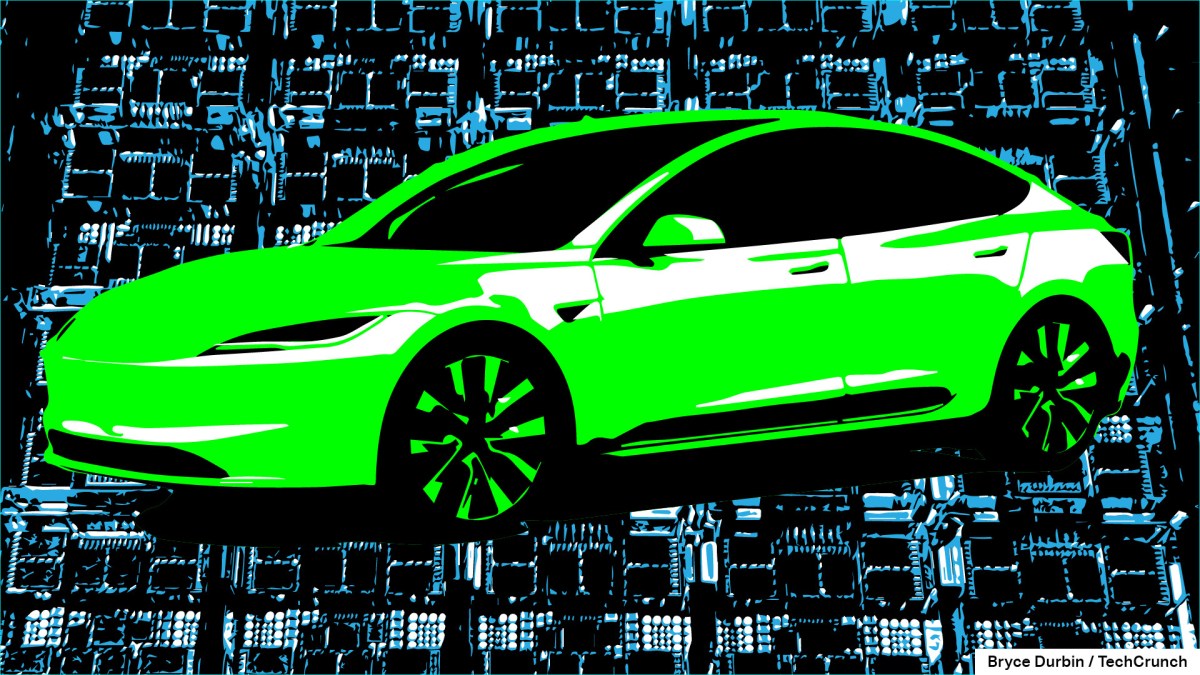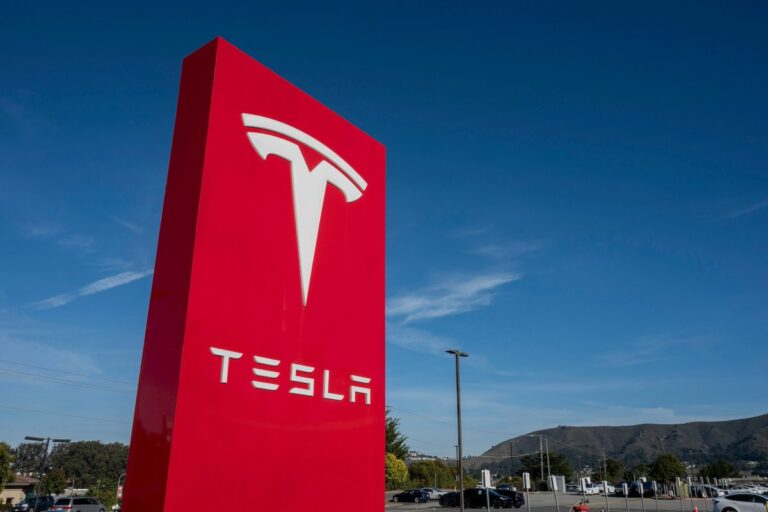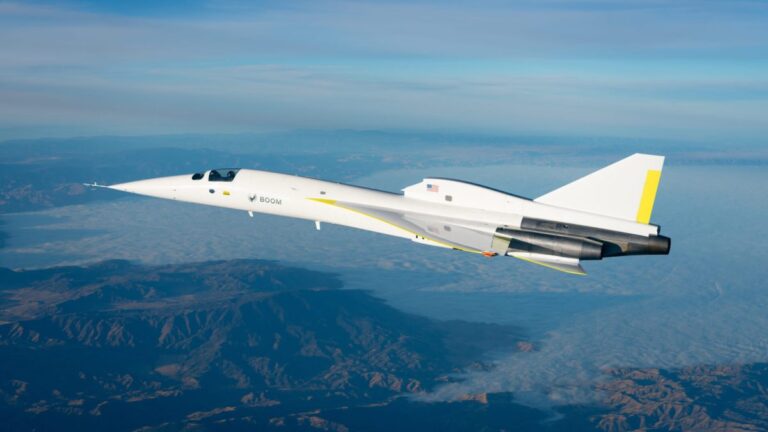Unveiling Tesla’s Dojo: A Comprehensive Timeline of Innovation and Advancements
Elon Musk envisions Tesla as more than just an automaker; he aims to transform it into a leading AI company that has mastered the art of autonomous driving. Central to this ambitious goal is Dojo, Tesla’s custom-built supercomputer, specifically designed to enhance its Full Self-Driving (FSD) neural networks. While FSD currently offers limited automation, it still requires vigilant human supervision. Tesla believes that with increased data, computing power, and training, it can achieve true self-driving capabilities.
The Role of Dojo in Tesla’s Vision
Dojo is a critical component of Tesla’s strategy to shift from partial to full autonomy. Musk has been discussing its development for some time, and as we progress into 2025, another supercomputer named Cortex has emerged. Despite this, Dojo remains integral to Tesla, especially as electric vehicle (EV) sales face challenges. Investors are closely monitoring Tesla’s progress toward achieving full autonomy.
Timeline of Dojo Development
Below is a timeline highlighting significant milestones in the evolution of Dojo:
2019: Initial Mentions
- April 22: At Tesla’s Autonomy Day, Musk introduces the concept of Dojo as a supercomputer for AI training.
- December 31: Musk states that while Dojo is not essential, it will improve self-driving capabilities.
2020: Roadshow Begins
- February 2: Musk announces that Tesla will soon have over a million connected vehicles equipped for full self-driving, emphasizing Dojo’s capabilities.
- August 14: Musk describes Dojo as a “beast” designed to process vast amounts of video data.
2021: Dojo Becomes Official
- August 19: Tesla formally announces Dojo at its first AI Day, introducing the D1 chip to power the supercomputer.
- October 12: Tesla publishes a whitepaper detailing Dojo’s technical specifications.
2022: Progress Updates
- September 30: At the second AI Day, Tesla demonstrates Dojo’s capabilities with a live demo.
- Q1 2023 Goal: Tesla sets a target to complete a full Exapod cluster.
2023: High-Stakes Development
- April 19: Musk shares that Dojo could significantly reduce training costs and become a sellable service.
- June 21: Tesla confirms that Dojo is operational and handling tasks at its data centers.
2024: Scaling and Future Plans
- January 24: Musk acknowledges Dojo as a high-risk, high-reward project and discusses plans for future iterations.
- April 30: New D2 training tiles for Dojo are reported to be in production.
2025: Transition to Cortex
As of January 29, 2025, Tesla’s earnings call did not mention Dojo, shifting focus to Cortex, the new AI training supercluster. Cortex, comprised of approximately 50,000 H100 Nvidia GPUs, has been instrumental in launching FSD V13, which boasts significant enhancements in safety and data processing.
For more detailed insights on Tesla’s advancements in AI and autonomous driving, visit Tesla’s official website or check out our latest news section.







